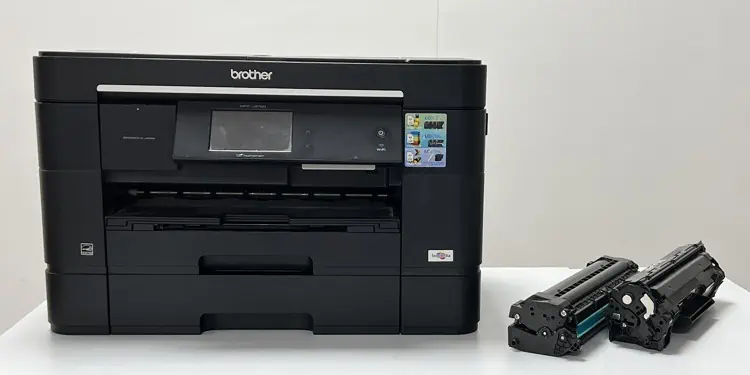Toner is a major component in your laser printer that makes printing possible. Like any other electronic part of a printer, it also has a certain lifespan and needs to be replaced when it reaches the end of its life.
So if you wondering how long it will actually last, there are multiple factors that determine its life expectancy. It mostly depends on the printing preference of the printer and the environmental condition you operate the printer.
Here, in this article, I will first discuss the approximate lifespan of a toner. Then I will discuss ways to make toner last longer and the ideal time to replace it.
How Long Does a Printer Toner Last?
The toner manufacturer provides an approximate idea of the number of pages the toner can print in its entire lifetime. You can go through the specifications of the toner to know about it.
Most of the manufacturers claim the toner can print up to 2,000 or 3,000 pages. However, it meets the claimed number of pages only when operated in an optimal working environment with optimal print settings.
For instance, if you are dealing with Word or PDF documents, you may get 2,000 printouts with no issues. However, if you print high-density text documents or images that consume more toner than normal, expect the numbers to slightly come down.
How to Make Toners Last Longer?
Several factors like the operating temperature, operating environment, and the printing preferences of your printer, can reduce the lifespan of your toner.
Here’re a few things to consider to make your toner last as expected.
Operate in Optimal Temperature
Although the toners reach a temperature of up to 230°F while printing, you can not store the toner out of your printer at such higher temperatures. It is ideal to store the toner anywhere between a room temperature of 60°F and 75°F. Storing the toner above or below this temperature can gradually reduce its lifespan.
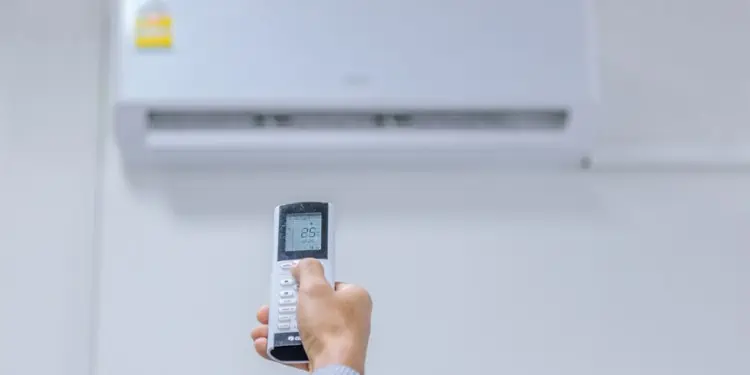
You should not place the toner in a moist or humid environment. The moisture can create a clump of toner powder inside the toner cartridge. As such, you might have to replace the toner quicker.
Likewise, if you keep moving your toner, the temperature difference in the room can result in condensation, which ultimately damages the toner.
So, it is always recommended to maintain a proper room temperature to avoid such problems.
Use Original Toner
You should never unpack the toner cartridge from its packaging unnecessarily. Always keep the toner inside the protective seal that comes with the toner itself when purchasing it. Similarly, do not put the toner upside down—store it horizontally on a flat surface.
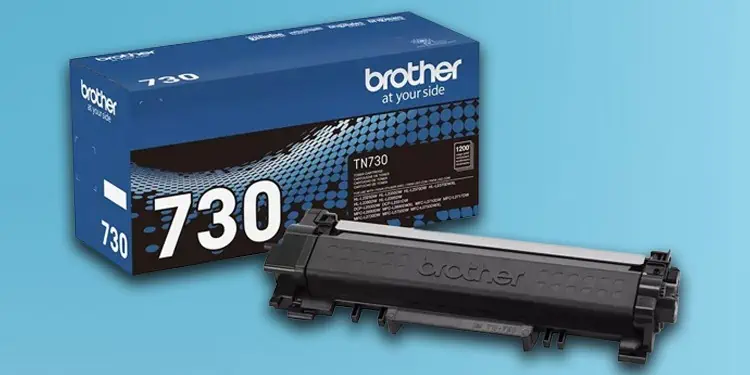
Also, avoid buying counterfeit and refilled toners. It drastically reduces the lifespan of the toner. In fact, it is always recommended to always purchase a genuine toner from your manufacturer.
Avoid Dust and Debris
Always operate the printer in an isolated environment free of dust. If that is not possible, you should make a habit of cleaning your printer periodically.
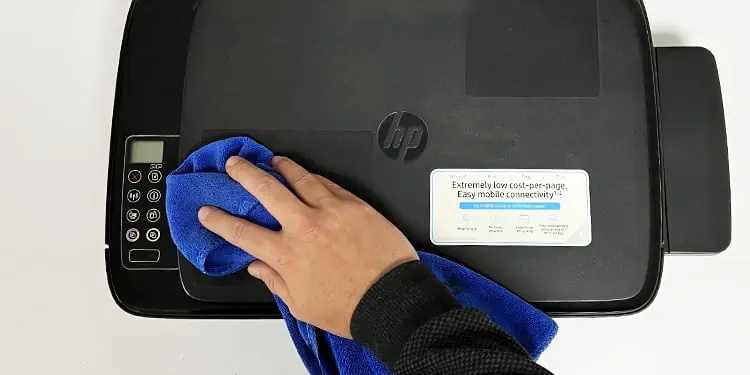
Use a slightly damped lint-free cloth to clean the externals, and use a Q-tip to clean the internals. I suggest you cover the printer with a piece of cloth when not in use. It will prevent dust and other foreign bodies from entering the printer and damaging the toner.
Change Printing Preferences
You can always choose what type of print quality you want from your printer. If you set the printer to print on the highest quality, it consumes more toner than printing in normal quality.
Similarly, the paper size and text density in your document also make a significant difference. If you frequently print images or text documents with high text density, your printer will get out of the toner more quickly.
To save the toner, you can print in normal or draft quality unless high-quality printing is necessary. If available, you can turn on the toner saver mode as well.
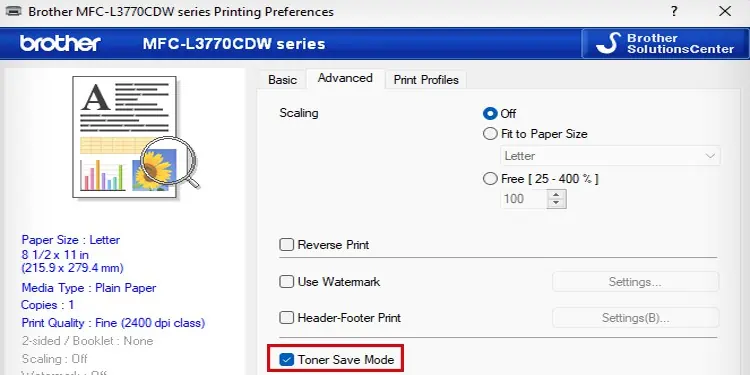
Besides, a toner lasts longer if you print all pages of your document at once. Splitting the print jobs will only heat up the printer more, decreasing the efficiency of the toner.
Consider Replacing Old Printer
Never expect your toner to last longer if you are using it with an old printer. The printer may unnecessarily consume a lot of toner powder—reducing the life of your toner.
If your printer runs out of toner powder too quickly, maybe it’s time to dispose of the old printer and get a new printer.
Do Toners Expire?
In short—Toners do not expire. Generally, the printer manufacturers mark a label on the toners with a shelf life of two years. It means the toner will produce the best result within these two years.
However, it does not necessarily mean the toner will be unusable after its shelf life. It all depends on how you store and handle the toner.
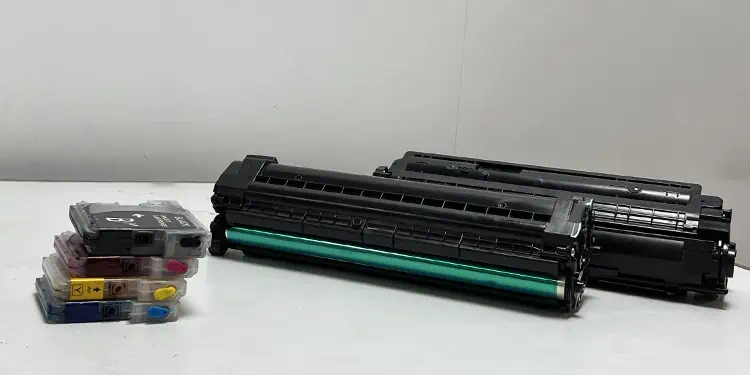
Unlike inkjet printers that use liquid ink for printing, laser printers use toner powder made of granulated plastic particles including synthetic resins. So, although the ink on the ink cartridge of your inkjet printer tends to clog after a certain time, it is not the case with the toner of your laser printer.
Further, if you purchase a non-genuine or counterfeit cartridge, you will not get the same page count and quality printouts as the genuine toner. Moreover, when the refurbishers refurbish the toner, they only fill the old toner with toner powder and leave the rubber seals untouched. It can deplete the rubber seals quickly and cause issues.
To sum up, a genuine toner can last forever if handled with proper care and operated in an optimal working environment.
When to Replace the Toner?
Whenever your printer is running low on toner, you will get error messages like “Toner is very low” and “Replace the Toner” from your printer.
In some cases, your printer starts generating unacceptable quality printouts without notifying you about the toner status. As such, you should know that it’s time to replace the toner now.

